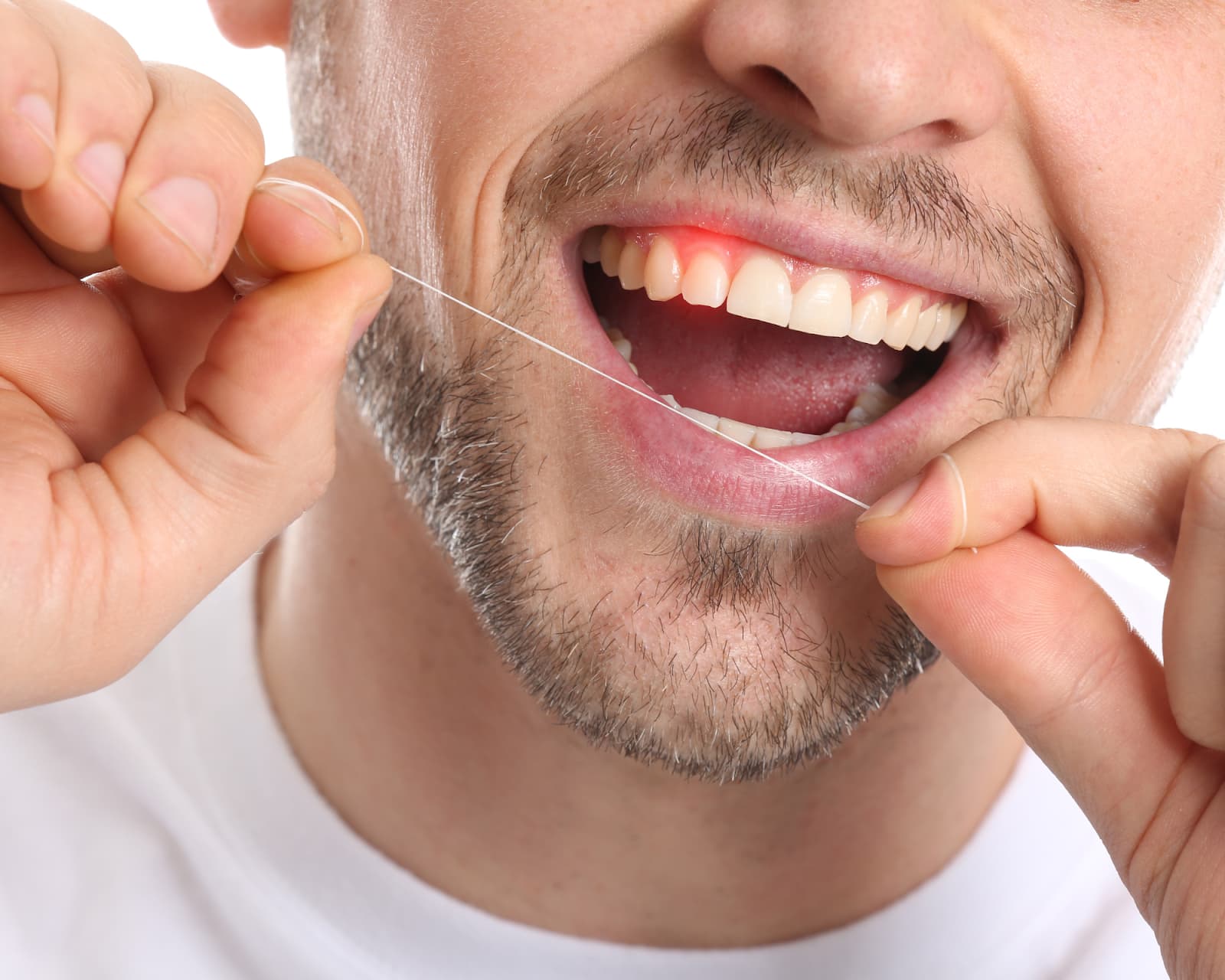
What do redness, sensitivity, and puffy gums all have in common? They are all symptoms of gingivitis or gum tissue inflammation. When you get a scrape or a cut, your immune system often reacts to the bacteria with these symptoms. Your mouth is much the same in that it can react to the bacteria in your mouth.
Have you noticed any of these symptoms in your gum tissue? Ideally, you want to see that your gum tissue is pink and firm. Your gum tissue shouldn’t hurt spontaneously or even when you brush or floss. Having healthy gum tissue is vital for chewing, smiling, and also for your overall health. You shouldn’t be ok with bleeding or redness in your gum tissue. It’s not healthy.
How Can You Prevent Pain And Inflammation In Your Gums?
You can do many things to keep your gum tissue healthy and free from disease. Most of these things involve building good habits of taking care of your teeth and body. Having good overall health affects your mouth in positive ways, and following these simple steps can go a long way to keeping your mouth healthy and free from trouble:
- Brushing your teeth twice a day
- Flossing your teeth at least once a day
- Swishing with a mouth rinse that aids in gum health
- Using an electric toothbrush has been shown to remove plaque better than a traditional toothbrush
- Straightening teeth can help ease the process of keeping your teeth and gums clean
- Visiting your dentist twice a year for cleanings and exams
I Have Gingivitis, Now What?
The good news is that gingivitis is reversible. This means that by doing the right things, you can reduce the inflammation and bring your gum tissue back to health.
If you are diligent in removing bacteria for two weeks, this is usually enough time to see some improvement. You should notice less redness, bleeding, and sensitivity. If things haven’t improved after two weeks, we recommend calling your dentist and having your gum tissue evaluated.
Sometimes it requires persistence, and your dentist can help ensure you are on the right track.
If you notice an improvement in your gum tissue, you must continue those good habits. Returning to poor habits will likely mean that your gingivitis will also return.
What Happens To My Gums If Gingivitis Gets Worse?
If gingivitis isn’t treated correctly, things will likely progress. While gingivitis is reversible, periodontal disease is not. Periodontal disease occurs when gingivitis moves into the supporting structures of your teeth, such as the bone. Periodontal disease involves deeper pocketing around your teeth and, in more severe cases, can lead to tooth mobility and even tooth loss.
As with most things, prevention is always best. The sooner that problems are diagnosed, the sooner they can be treated. Not only does this keep things from becoming significant or painful problems, it also usually keeps things more affordable too!
Have you noticed any signs or symptoms of gingivitis? Many adults and children experience gingivitis without pain, and thus they don’t realize that they even have it. Gingivitis can be easy to treat if caught on time. If you haven’t been to your dentist in the last 6 months, we recommend you call for an appointment soon!
At Riverside Dental, our experienced dental team cares about your gum tissue and keeping you on the healthy track!



Leave a Reply